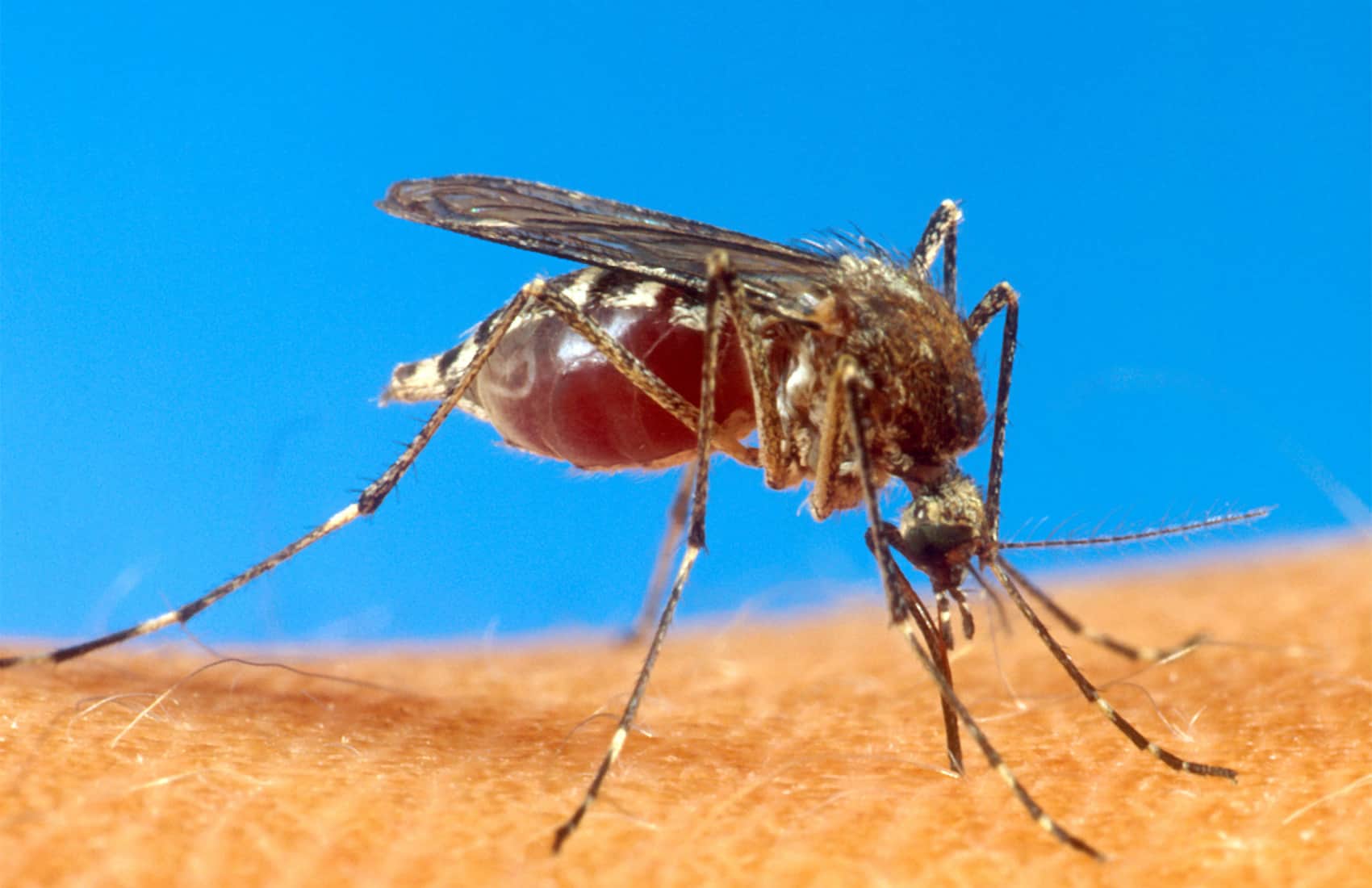It felt like my skull was lined with spikes, pointy-side inward, and a little man living inside my head was slamming my brain against the spikes with a mallet every time my heart beat.
That’s what my experience with dengue fever felt like, and if you spend long enough in a café or restaurant in the northwestern province of Guanacaste, you’ll hear others saying similar things. Interested to learn about other people’s experiences, I asked around and posted an inquiry on Facebook, which produced some pretty apt descriptions.
“The thing I remember most was the taste of it,” said a Tamarindo photographer. “It tasted like metal – like licking an aluminum pole. My skin hurt on the surface, and taking a shower was like being rained on by BBs from a BB gun war. It was the first time I felt sick on a cellular level. Like I could feel every cell being sick in my body.”
“It was a total mind [expletive],” agreed a Central Valley resident. “I’ve had life-threatening fevers before, so that part didn’t surprise me. But the way it took over my mind and I couldn’t think was horrible. I’m still not sure how long it lasted.”
“The worst part was being so completely hot and sweaty,” remembered a Guanacaste high school teacher and mother of two. “You’d turn on the AC, fall asleep and wake up to a freezing pool of sweat. This happened about every four to six hours consistently for the next three to five days. That was the worst.”
“It was like being on the verge of death – all the while getting punched in the eyeballs repeatedly, from the inside,” said a Playas del Coco resident.
The blow-by-blow on dengue
For me, the whole thing began with a sudden, crippling headache. I crawled into bed and remained incapacitated for hours, unable to sleep. As my temperature climbed, I drenched the bed with sweat. My fevered nightmares mixed with hallucinations of being hit by a train and beaten with baseball bats.
I had always half-joked that if I ever contracted this mosquito-borne illness, I would fly my mother – a nurse – to Costa Rica so she could care for me. What a pipe dream. Dengue came on so fast and so hard that I could barely stand up to use the bathroom, let alone operate a telephone.
My entire body was as sore, as if I’d been in a car wreck. I had random shooting pains in my bones. I couldn’t eat for a week and lost about 10 pounds. Even swallowing a sip of water made my head feel like the man in my brain was throwing hand grenades.
The doctor gave me a saline drip IV for hydration, but I could only use it in his office, which wasn’t nearly as comfortable as my bed, so I declined.
The worst symptoms lasted for about three to four days. Then my skin became red and itchy as my headache receded, and that marked the beginning of the end.
The entire next week I was still exhausted but could at least sort of focus on answering emails or watching Netflix. It took a solid three to four weeks in total until I could resume normal activities without being fatigued, without feeling winded after mounting a flight of stairs.
Mine was a pretty classic case of the most common form of dengue (there are four types in total in Costa Rica, but this version is the most prevalent). I displayed most but not all of the common symptoms: high fever, intense headaches, muscle soreness and joint pain, nausea, vomiting, and a skin rash after 3-4 days.
A visitor’s right to know
As a resident of Tamarindo, I can’t help but notice that not a single hotel in the area has posted a sign to warn guests of the epidemic. For the most part, dengue’s prevalence is swept under the rug by hotels and tour operators in northwestern Costa Rica, and I can’t help but wonder what happens when an uninformed tourist goes home with the virus.
What if that tourist’s doctor has no clue what it is? The consequences, it seems, could be life and death.
It’s time for small businesses in Costa Rica to redirect the energy spent on hiding dengue’s existence from guests to managing the mosquito population more effectively.
There is, of course, no need to cause a panic when dropping the “d-bomb” on guests. Hotel staff should simply explain that dengue is a painful but (usually) nonlife-threatening virus that is easily preventable by wearing bug spray or long pants.
Contracting the virus is basically a numbers game, said Chris Watkins, a member of Tamarindo’s anti-dengue committee, who used the humorous comparison of contracting a sexually transmitted disease. As in, wear protection.
“If you have a one-night stand, you might have walked away with an STD, but the odds are on your side that you’re probably OK. If you have a hundred one-night stands, get yourself to the health clinic ASAP,” he said. “It’s the same with bites.
If you get one bug bite, you might be infected – but only if you’re terribly unlucky. If you get a hundred bites, chances are one of them gave you dengue.”
Article first appeared in 2013






